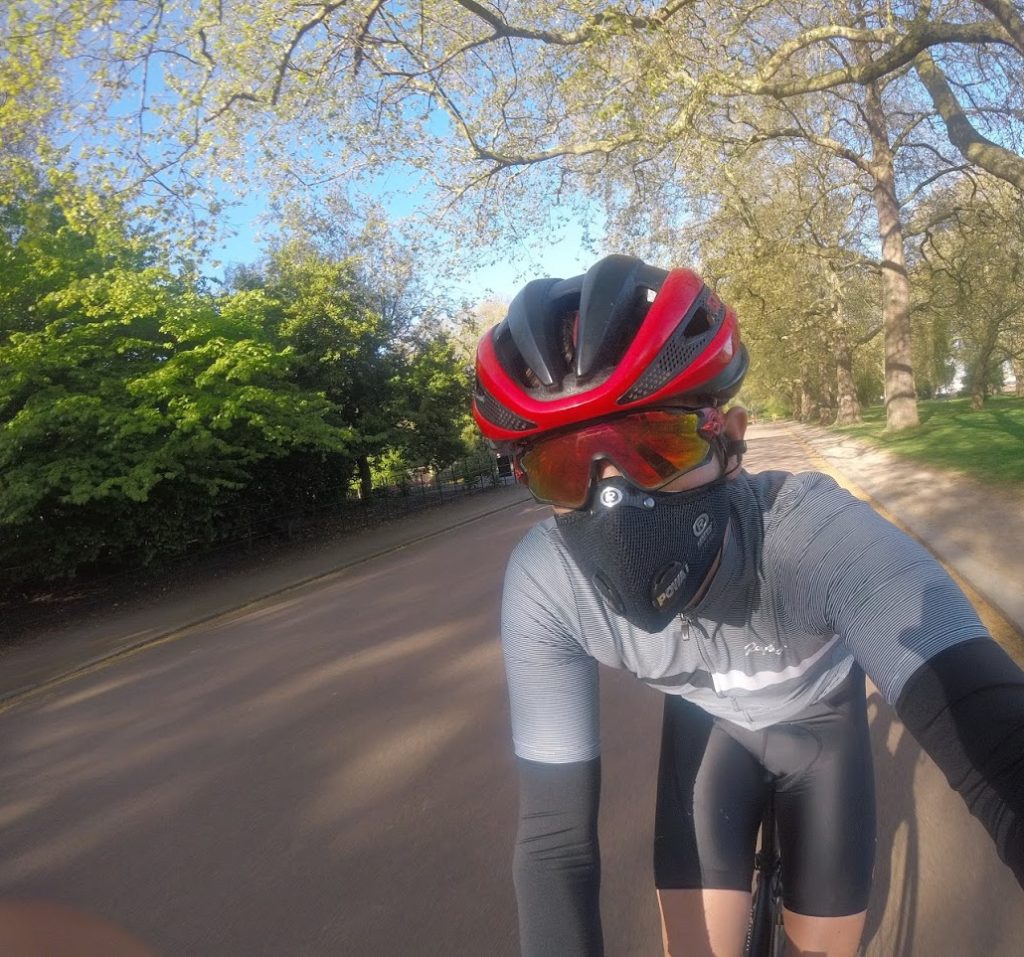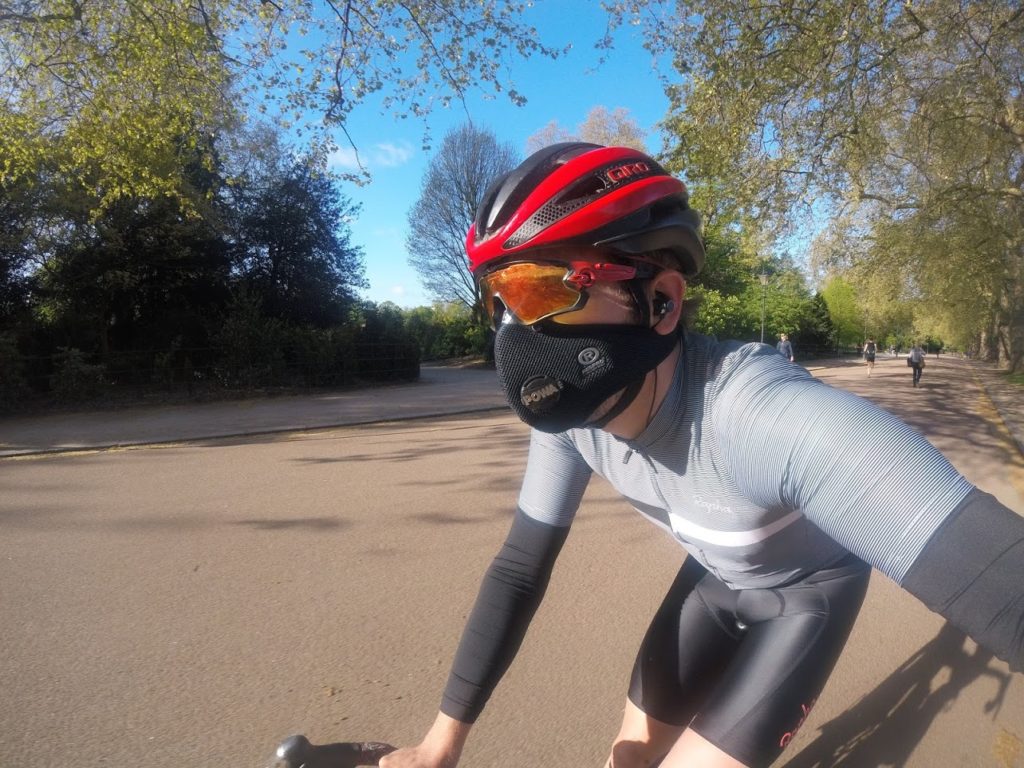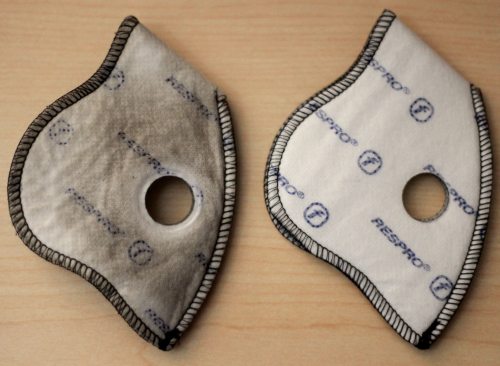It’s been reported by the Mayor of London that during the Covid-19 lockdown, the levels of Nitrogen Dioxide (NO2)n have almost halved. Despite this, we are still awaiting to see what will happen post lockdown to help us keep our air as clean as possible – which really can only be done by getting more people out of their cars, and choosing active forms of transport instead.
Air pollution has been a growing concern globally, however, attempts to tackle the issue here in the UK have traditionally moved at a snail’s pace. Plans to ban production of new petrol and diesel cars are not set to take place for another 22 years and we’ve seen blame being placed on the capital’s Cycle Superhighways for causing congestion problems for motorists. To give you an idea of the true scale of the problem, consider the fact London reached its 2018 air pollution limit before January was even over.
The shameful state of London’s toxic air today has triggered a ‘very high’ air pollution alert under my new air quality warning system. pic.twitter.com/cjHmNaAsnB
— Mayor of London (@MayorofLondon) January 23, 2017
It’s clear that in order to reduce air pollution we need to encourage more people to cycle, yet it often feels as though the advice is against this. Cyclists in London are encouraged to plan routes using quieter side roads and Breathe London (un)helpfully advises avoiding cycling “during the busiest times of day, particularly the morning rush hour.” With caveats such as these, plus the record highs of pollution, it’s easy to see how many might be put off and stick to the perceived safety of a car or bus.
One option, then, is to wear a pollution mask while cycling. Once reserved for the smog of Beijing, these masks are now an increasingly common sight among that capital’s cyclists. Mask makers Respro kindly provided a free sample of their Ultralight mask to be reviewed by Yellow Jersey customer and friend, Charlie Woodall.
Here’s what Charlie had to say…
I’ve ridden through London on the way to work and back pretty solidly for five years now, and have never previously considered wearing a mask. Sure, there’s days when you can taste the pollution in the air, and barely a day goes by without a bus, taxi or scooter belching out some fairly putrid fumes my way. I assume, rightly or wrongly, that holding my breath for those couple of seconds you’re sitting in a dark cloud of gas would avoid any of the nasty consequences it may bring.
As well as fumes, I’m also suffering right now with hayfever so I decided that anything which could help ease my streaming eyes and nose and cease the sneezing was well worth trying, so I gave it a go.
Fitting
After taking a range of measurements including my ‘Eye to Chin’ length I ended up with a Large Respro Ultralight mask. The fit felt snug and secure so no rogue particles could sneak in and dodge the filters.
Out on the bike, however, wearing the mask became a problem because my Oakleys didn’t fit on top and I had to balance them on the edge of my nose. My eyes are also quite sensitive to wind, which the glasses normally block out. As a result, I had streaming eyes all the way to work, which wasn’t ideal. I tried an alternative pair of Poc glasses, and widening and narrowing the flexible nose bridge on the Respro, but couldn’t find a way to get everything to sit nicely.

Comfort
Year round, I commute by bike for a 12km, 30 minute or so ride. Normally this is pretty relaxed, but as the days get longer in the summer I’ll often bolt on an hour or two of pre and/or post work laps or lanes to crank up the effort.
The first couple of times I wore the Respro were fairly tame commutes, just cruising into work with a pulse rarely above 130.
My favourite part of my commute is riding through the car-free Battersea Park. Here the air is clean and the roads are tree lined and empty, and riding through with the mask on means you can’t really enjoy this pollution-free haven on the way to work, which is a shame. One day I went for a few laps of Regent’s Park pre-work, and here I discovered the Respro really doesn’t perform well when you’re putting some effort in. Two minutes into a 7/10 level effort I took the mask off as it was just too sweaty and it felt like I wasn’t getting the same volume of air into my lungs as I would have without the mask.

They do mention on the website that anaerobic efforts will be too much for the mask to cope with. There are some adjustments which you can make to some of the range to help with this, including removing some of the valves and filters. I didn’t go to the trouble of doing this for fear of altering the day to day performance of the mask.
I had a couple of other recurring comfort issues. The first was the metal nose bridge, which by the end of a 30 minute ride would be digging into my skin, which could get a bit sore over time. The second was that due to the angle of my head and neck changing from putting the mask on upright, to riding on the hoods and drops, this would stretch the mask and pull it tighter around my face.
Difference
Whilst it was sweaty inside the mask, you can certainly tell that the air you breathe feels cleaner than it is without the mask on. On a gentle commute, where you are surrounded by diesel powered taxis and buses, there is a tangible increase the quality of the taste of the air.

It’s clear to see the pollution build up on the filters. Photo credit to Ines Brunn.
For me personally due to the type of cycling I do, I found the drawbacks of wearing the mask currently outweigh the potential benefits. As I often cycle at a decent pace, it was too sweaty, having said that, I will keep an eye on the pollution levels over the summer, and if they head into more dangerous levels as they often do in London, I think I’d be prepared to accept some of the drawbacks for some short-term, cleaner air especially on an easy commute.
The Ultralight mask costs £47.99 with replacement filters at around £20 (which Respro recommend replacing on a monthly basis).
Although the mask didn’t suit Charlie’s cycling style in warmer months and when the air quality was deemed ‘Good’ at around 1/10-3/10 by the London Air Index, it may be a sensible option for the more casual commuter who can take their journey at a more leisurely pace. From a personal health perspective, filter masks are a simple and effective way to reduce your exposure to harmful toxins when out on the road. However, this is just plastering over the cracks and does nothing to address the actual cause of the problem of air pollution in our cities, coming from the fumes of motor vehicles. We need a modal shift putting cycling at the forefront of transport in London.
But it’s not all doom and gloom. Multiple studies from a whole range of countries have shown that the physical benefits of cycling outweigh the possible risks, both of health complications from inhaling fumes as well as the danger of being hit by a vehicle. What’s more, the number of deaths caused by air pollution nationally also decreases as cycling increases.
Study sources:
National Cenrer for Biotechnology Information, 2010
Journal of Transport Geography, 2016
Whether you’re a commuter, club rider, or racing overseas, get an online Bicycle Insurance quote and find out how we can keep your equipment safe.